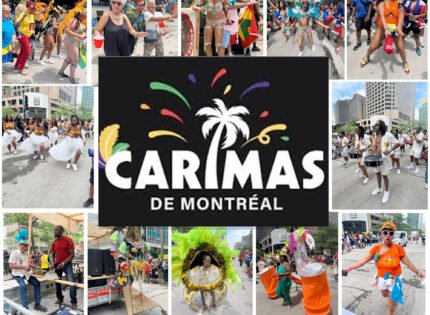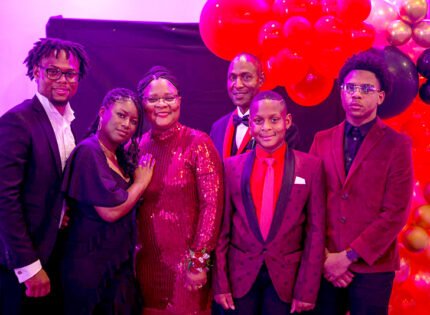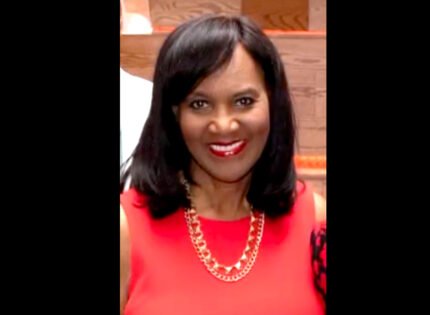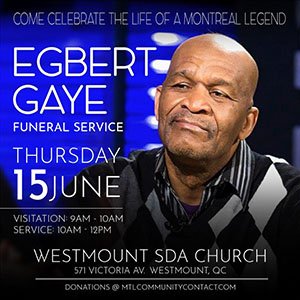Some of this city’s most prominent citizens, military officers and religious leaders were slave owners
By J. Leblanc
The institution of slavery was practiced in Montreal, under the French and English regimes, for some 200 years.
Black and native slaves were bought and sold alongside furniture and cattle as they were considered, under the law, to be property. These slaves were described in documents and legal notices as merchandise, “chattels” or Negro effects.
A slave owner could also advertise the sale of a slave in the newspaper and the following ad was published in the March 17, 1791 edition of the Herald:
“To be sold, a young negro lad, about 18 or 19 years of age, strong and very healthy, has had the small pox and measles, brought up in the farming BUSINESS and understands it well. He speaks the English, French and German languages well. Any person who has a mind to purchase the same, for further particulars apply to the printer.”
Some of Montreal’s most prominent citizens, military officers and members of the religious orders were slave owners.
James McGill, the founder of McGill University and his wife owned the following six slaves.
◦ an unnamed Indian child who died at the age of 10 in 1778.
◦ Marie, a native child who died when she was 12-years-old
◦ In 1783.
◦ Sarah, “a Black woman who James McGill bought on 23 September 1788 from Jean-Louis Cavilhe of the
◦ Saint-Lawrence suburb. The deed of sale was drawn up by the notary, John Gerbrand Beek.
◦ Marie-Louise, a Black woman.
◦ Jacques, a Black man.
◦ Marie-Charles ‘McGill’, a Black woman.
◦ Thomas Gage, the military Governor of Montreal after the capitulation in 1760, owned a Black slave named Bruce. Rev. David Chabrand Delisle, a Church of England minister owned a Black slave named Charles.
The Chateau de Ramezey across from Montreal’s City Hall was the HOME of Claude Ramezey and his wife who owned a Black slave named Charles Antoine.
The last Governor of New France, the Marquis de Vaudreuil, lived in his chateau on St. Paul Street with his Black slave, Canon. When New France fell to the British, he returned to France and was incarcerated in the Bastille by Louis XV on charges of maladministration. He received permission to bring Canon into the prison to act as his servant.
Rev. Jean-Baptiste Curatteau, a Sulpician priest, founded in 1767 what is today the College de Montreal. He bought a 60-year-old
Black slave from the estate of Ignace Bourassa.
Of course, slaves had legs and could run, and they did. Numerous ads appeared in the newspapers, such as the one below requesting the public’s help in apprehending these runaways.
The Herald, Montreal, 30 October 1790.
Run away from the Subscriber. A negro man named Richard, about five foot seven inches high, twenty seven years of age, and had a cast in one eye, had on when he went away, a dark brown jacket and long trousers; whoever will apprehend and return him to the subscriber shall receive two guineas as reward and all reasonable expenses paid. Rosseter Hoyle.
The founder of the Montreal Gazette, Fleury Mesplet, stated that his newspaper would give notice to the public of slaves deserting their masters. A notice of this type quickly appeared in the 4th edition of his newspaper.
Montreal’s first Mayor, Jacques Viger, published a book entitled “De L’esclavage en Canada” on the subject of slavery here in 1859.











